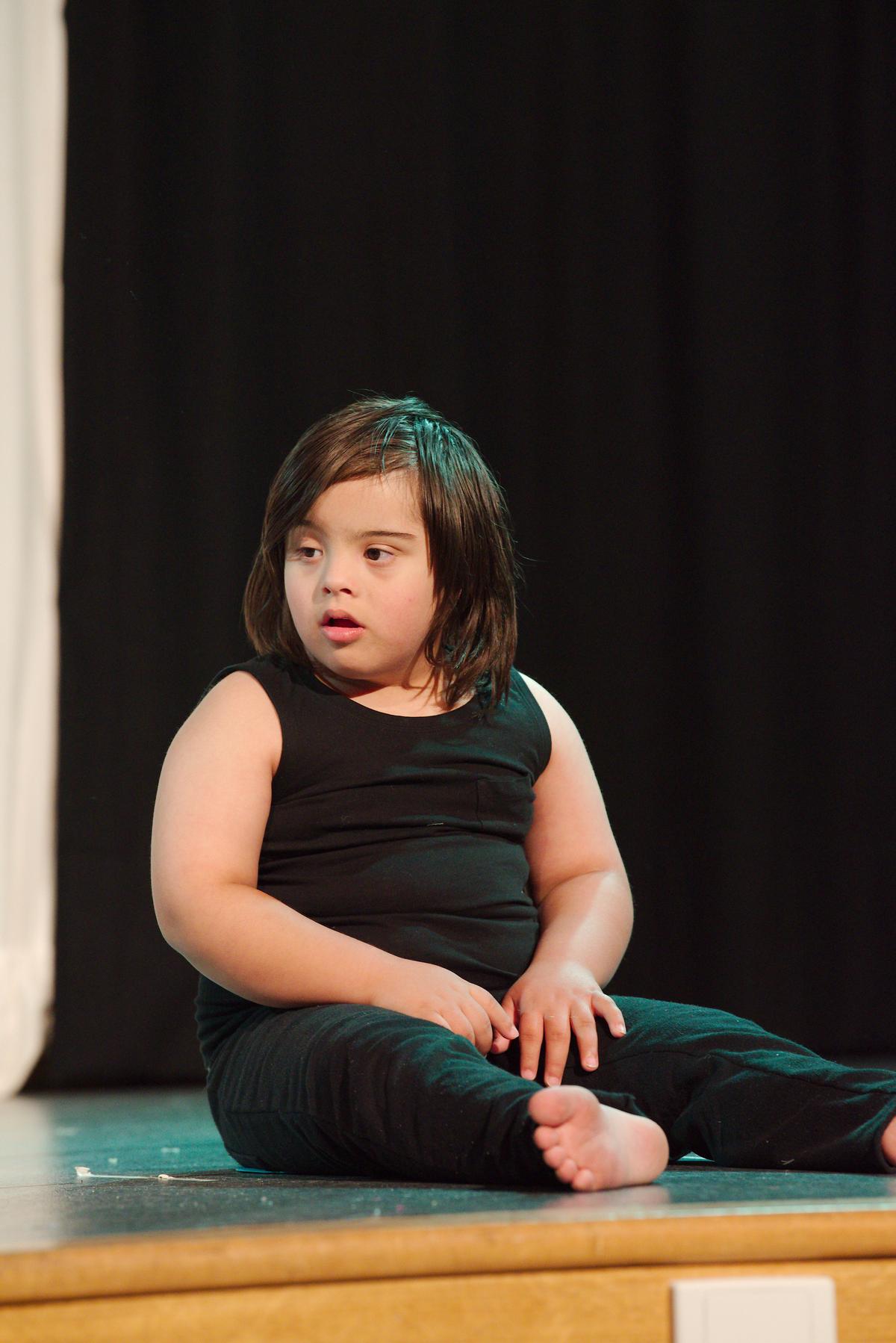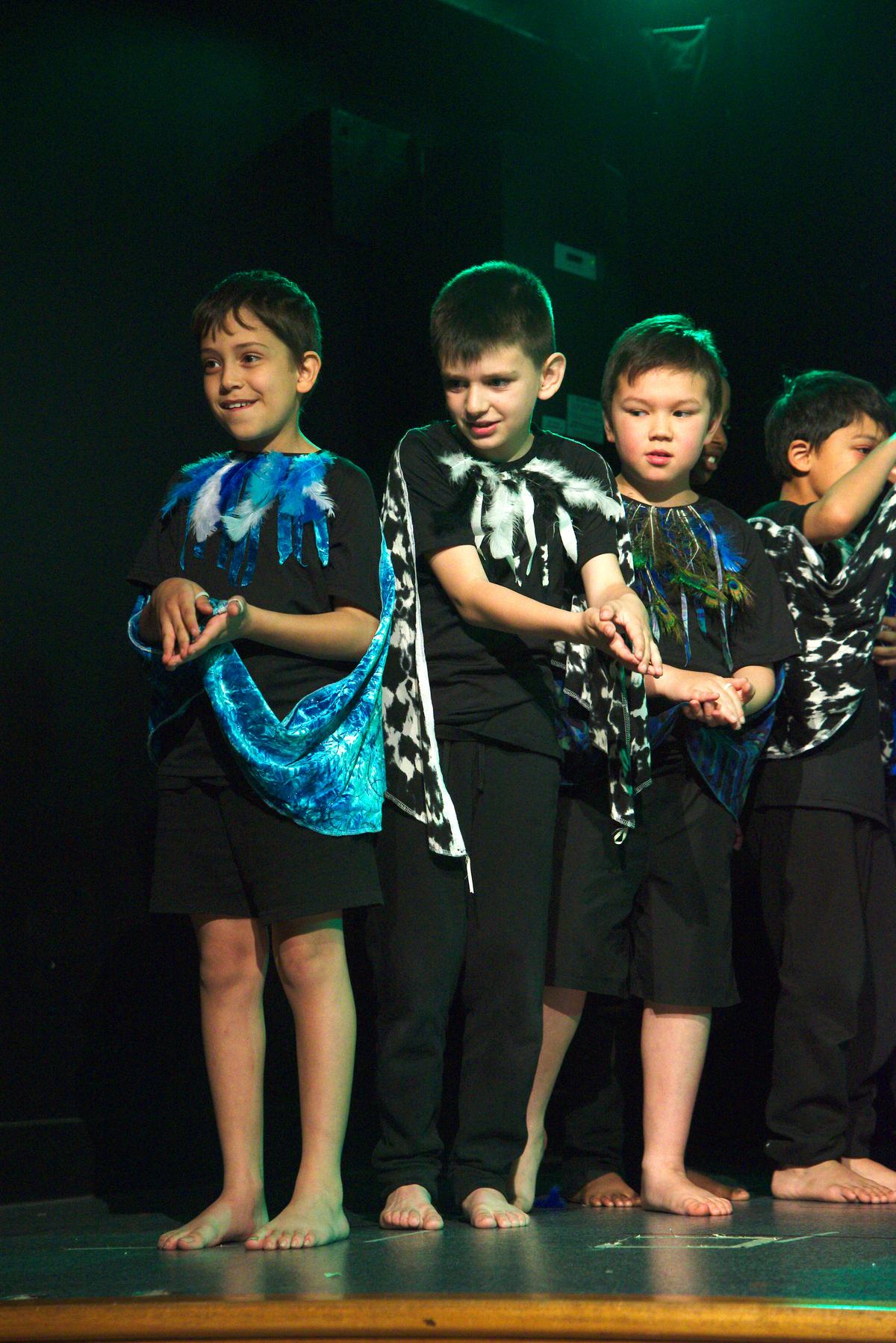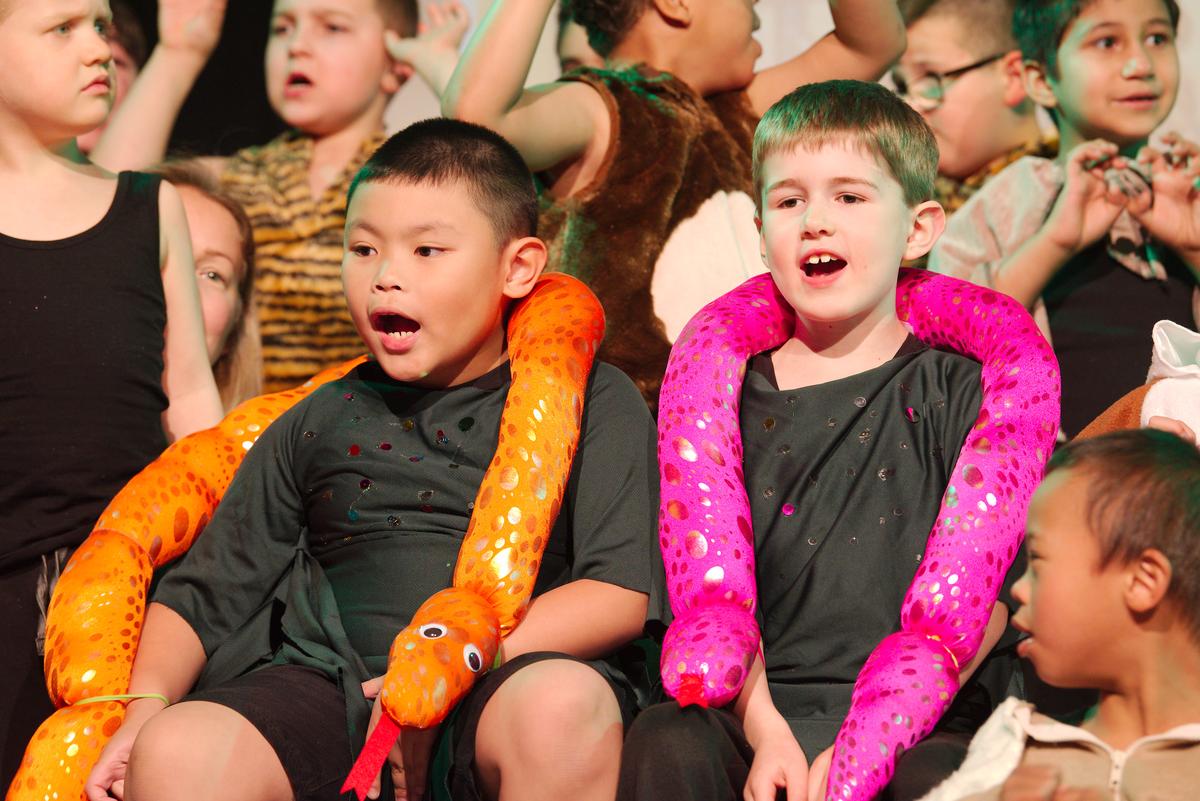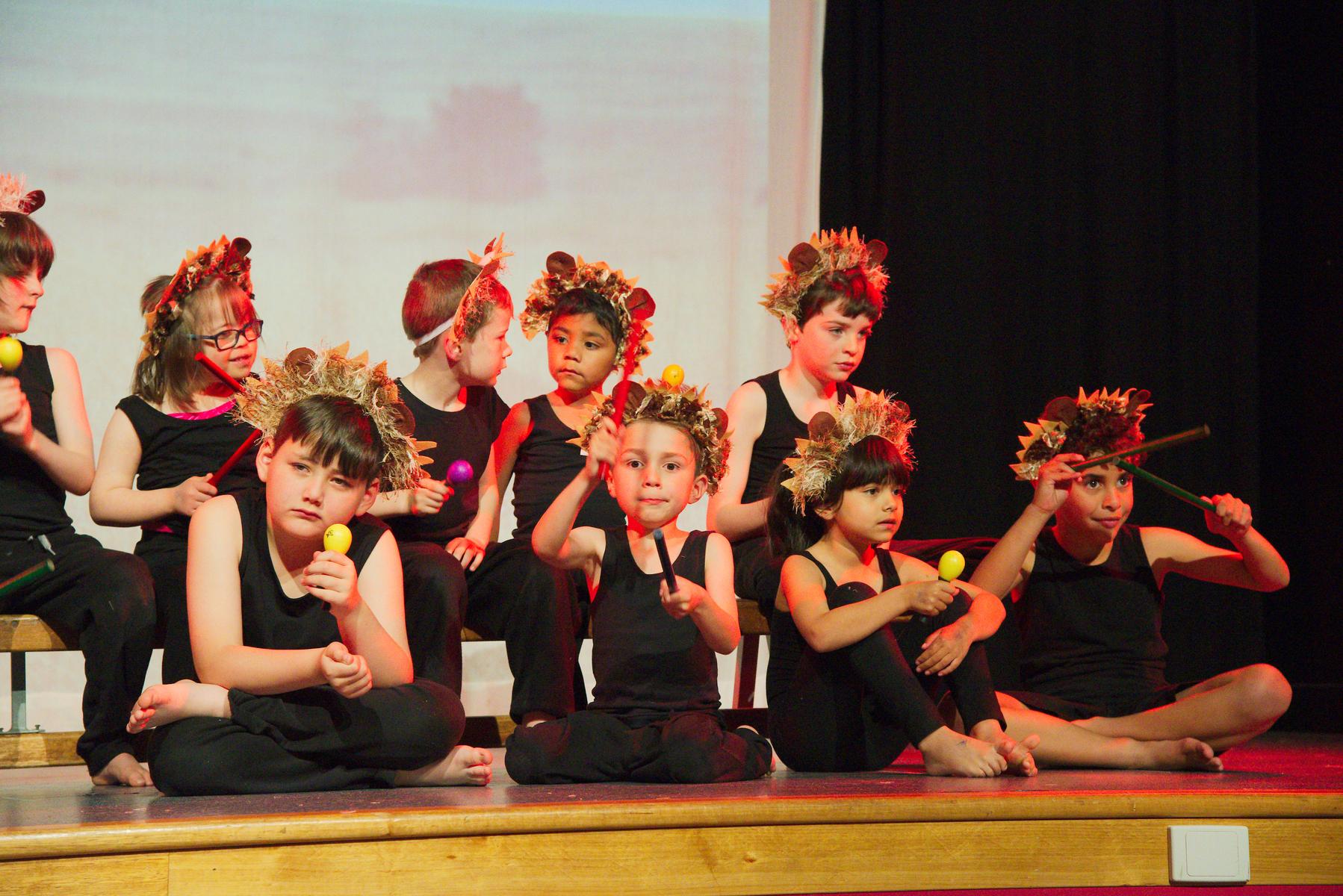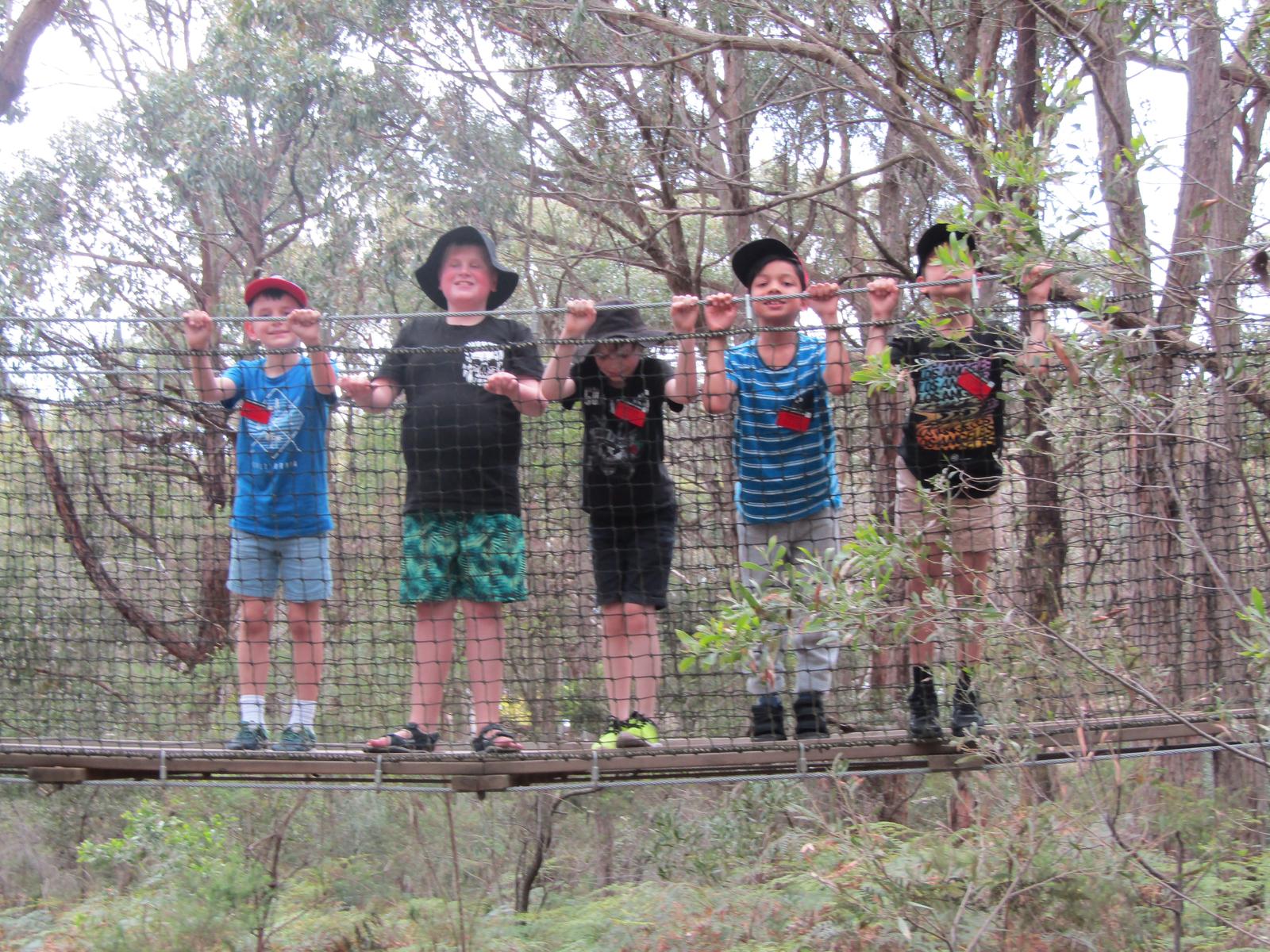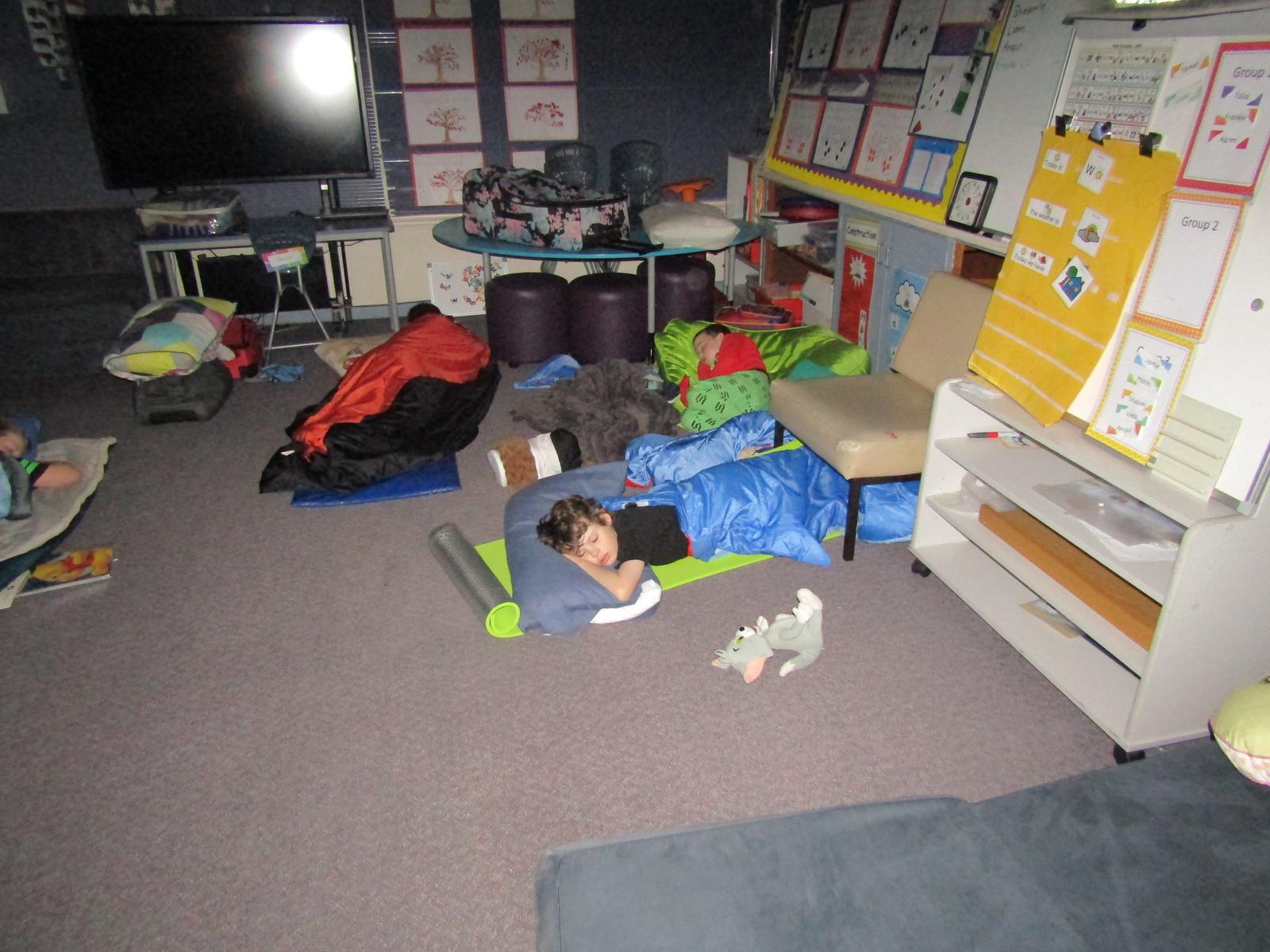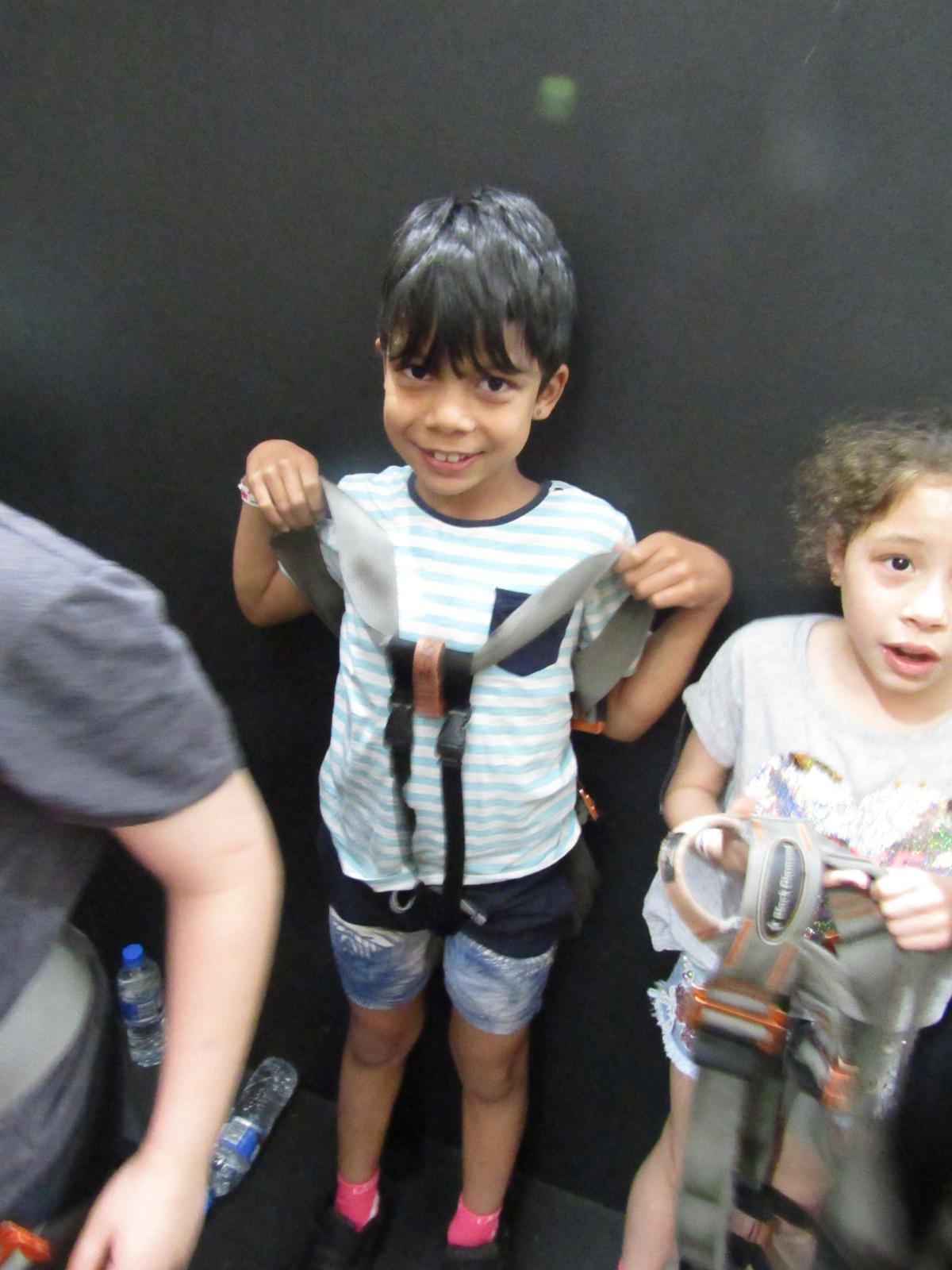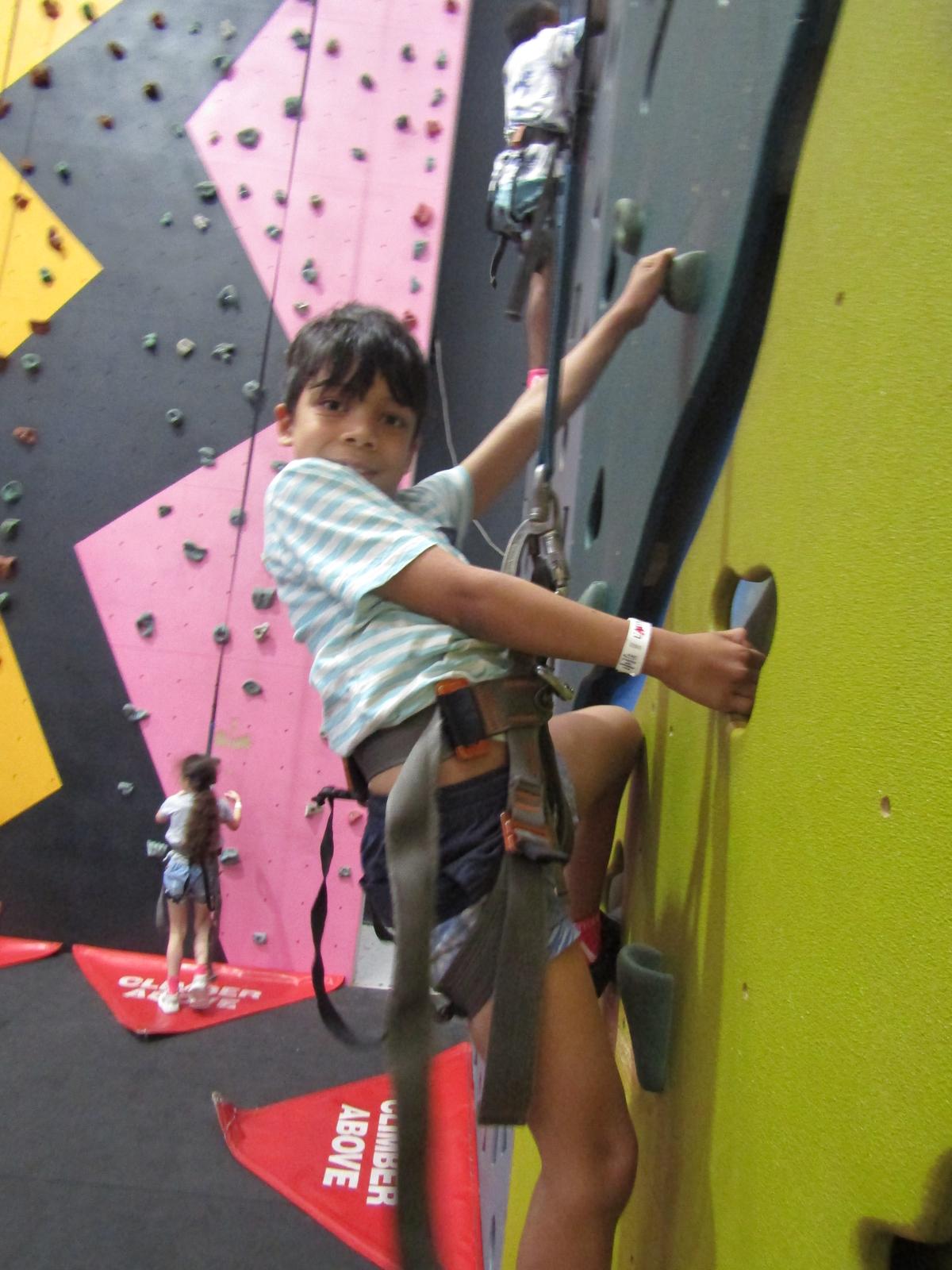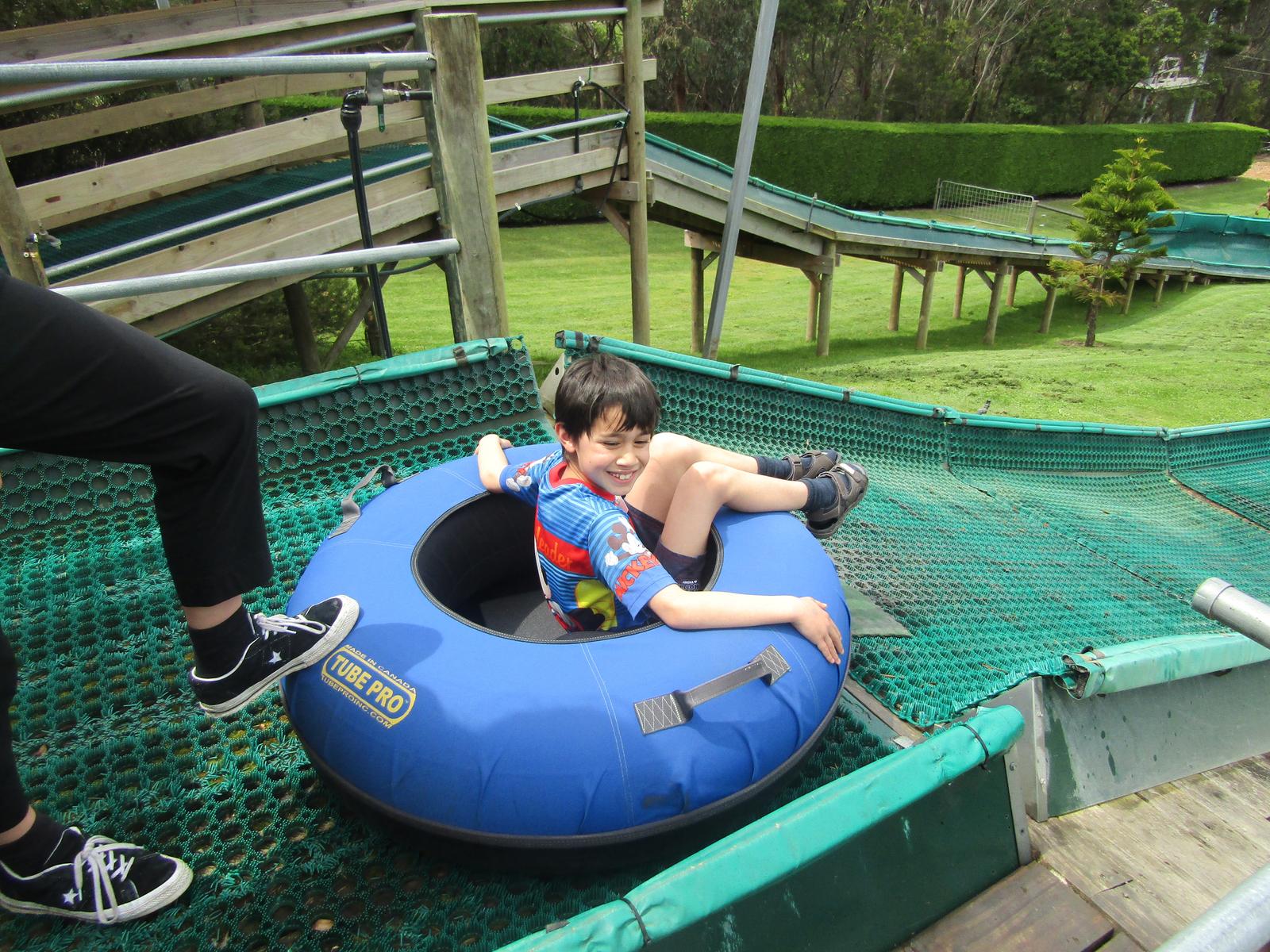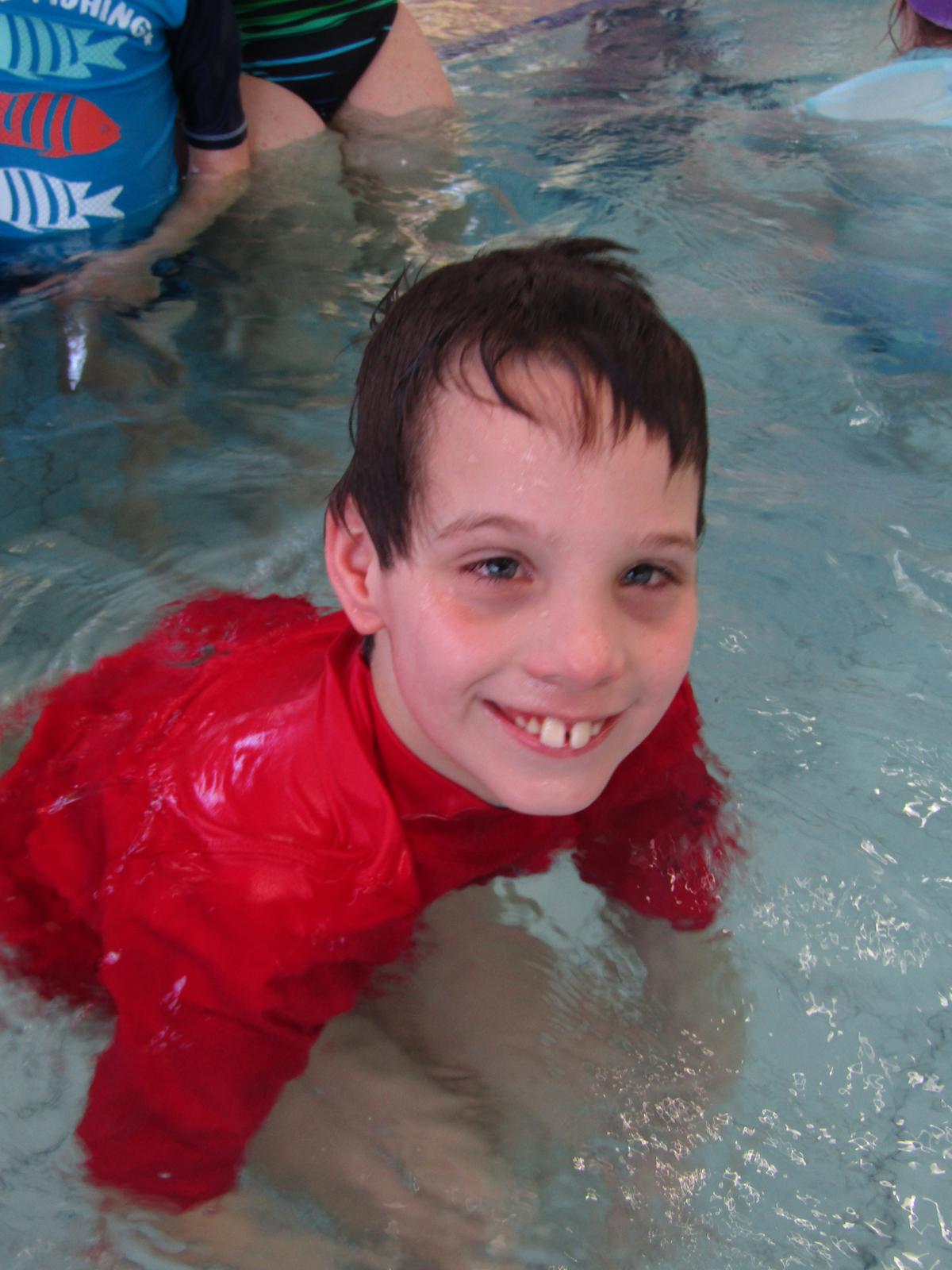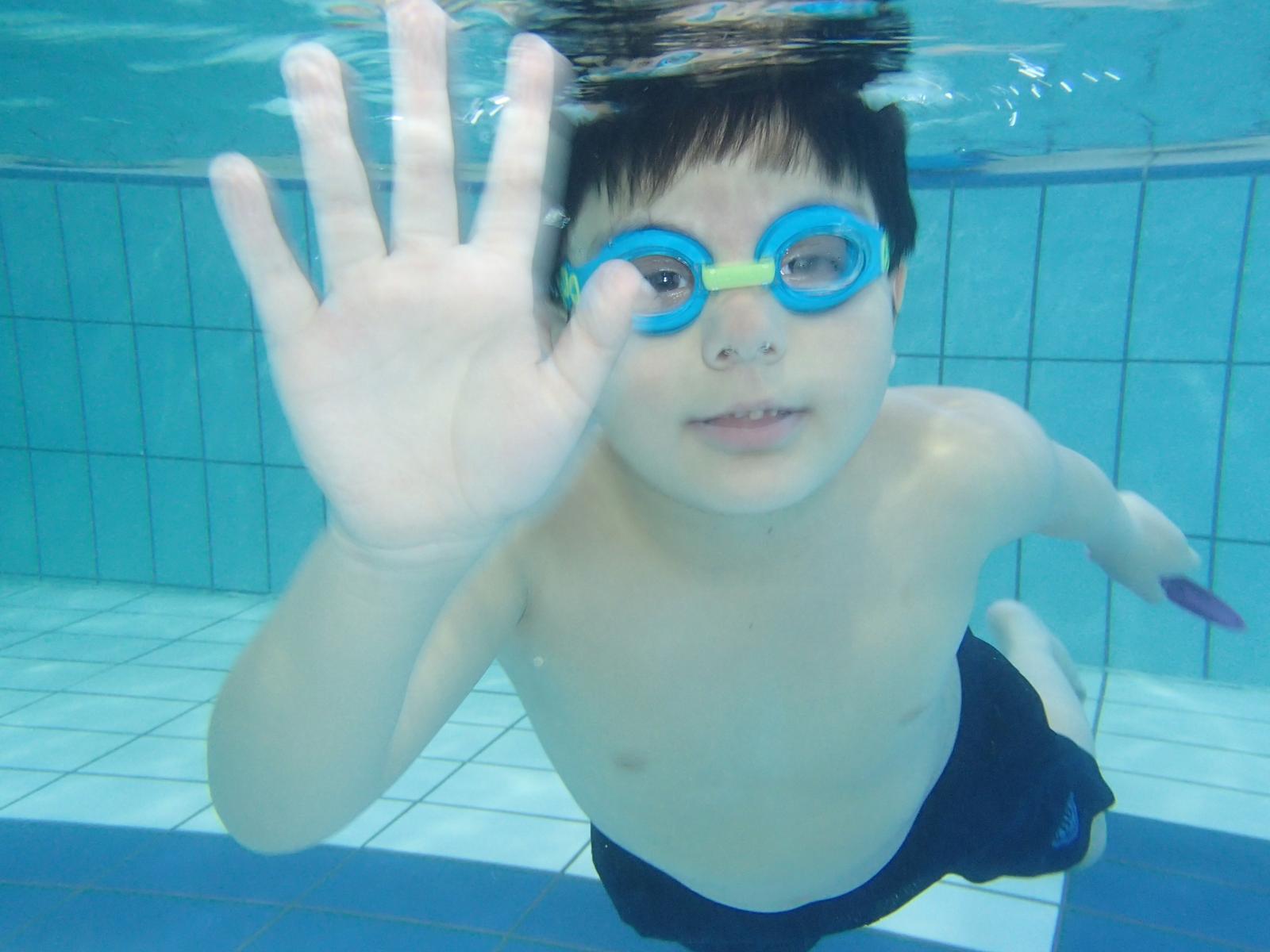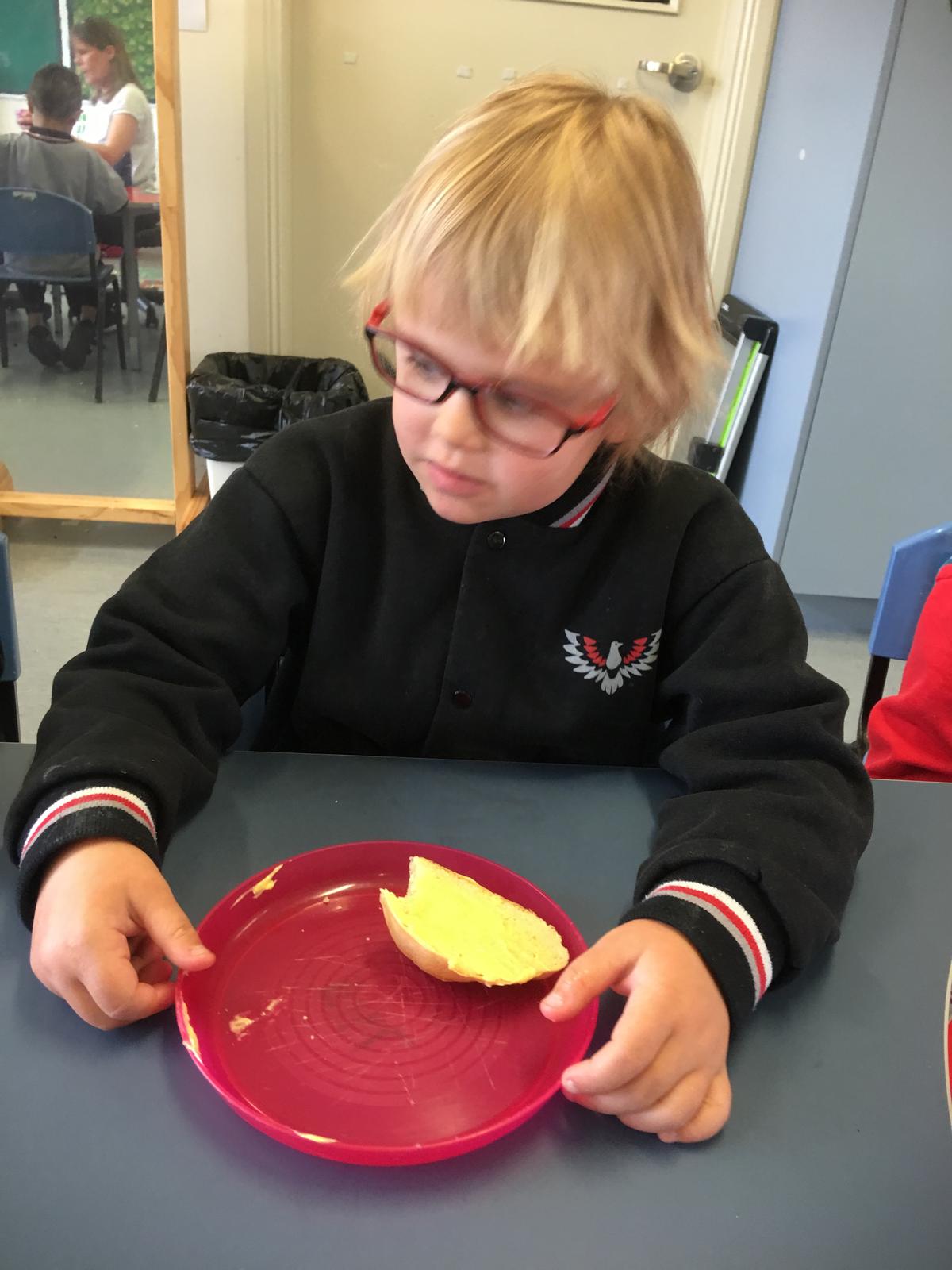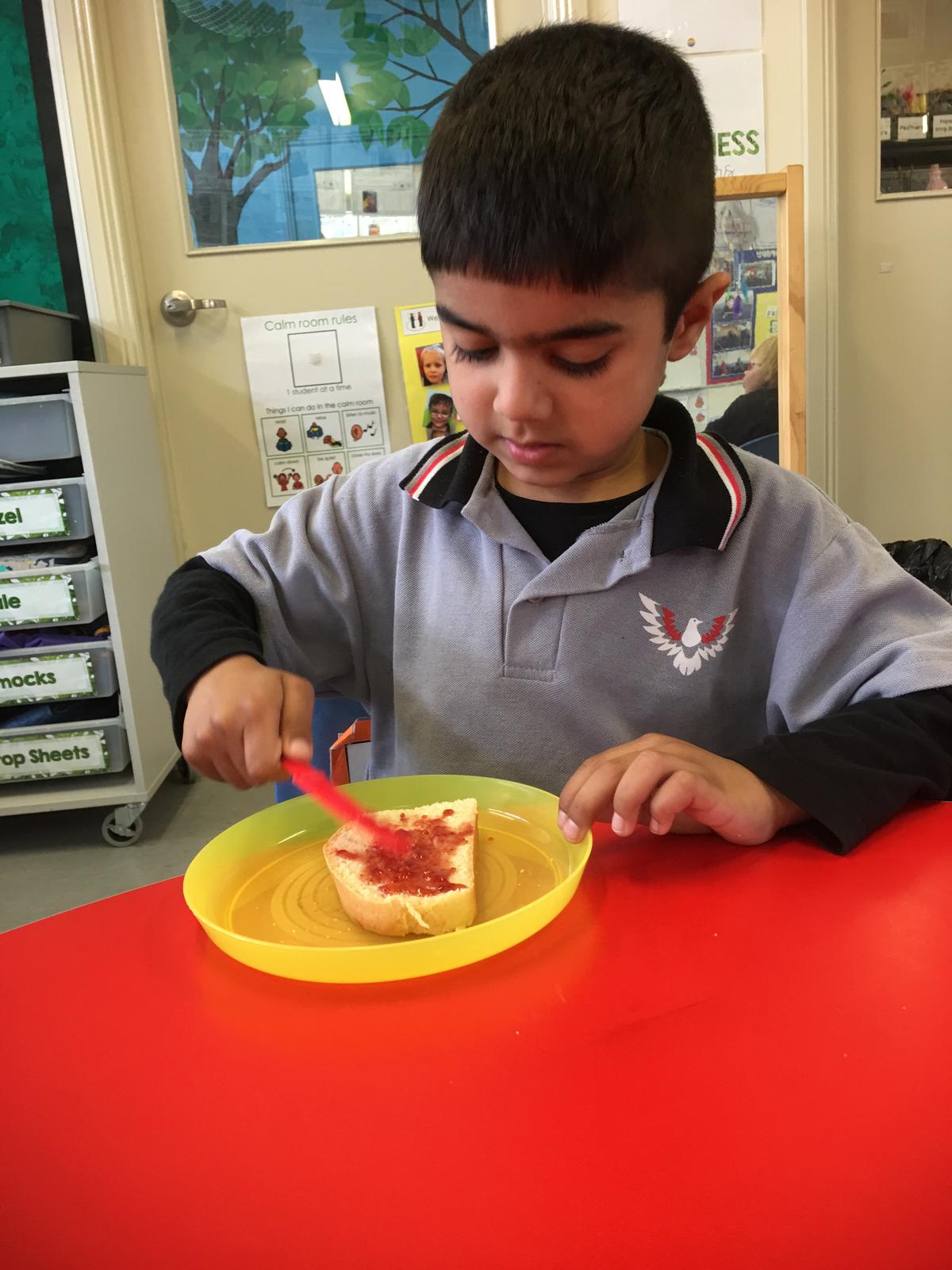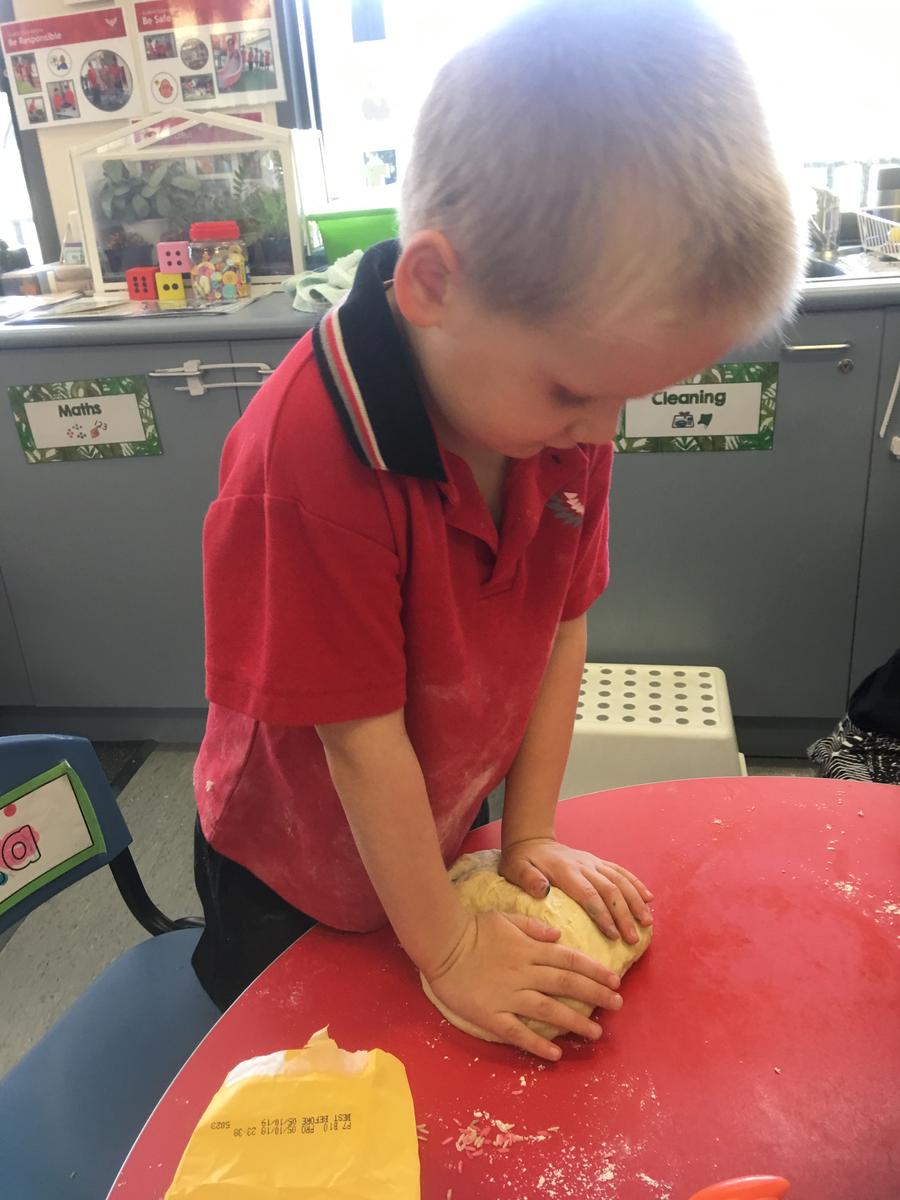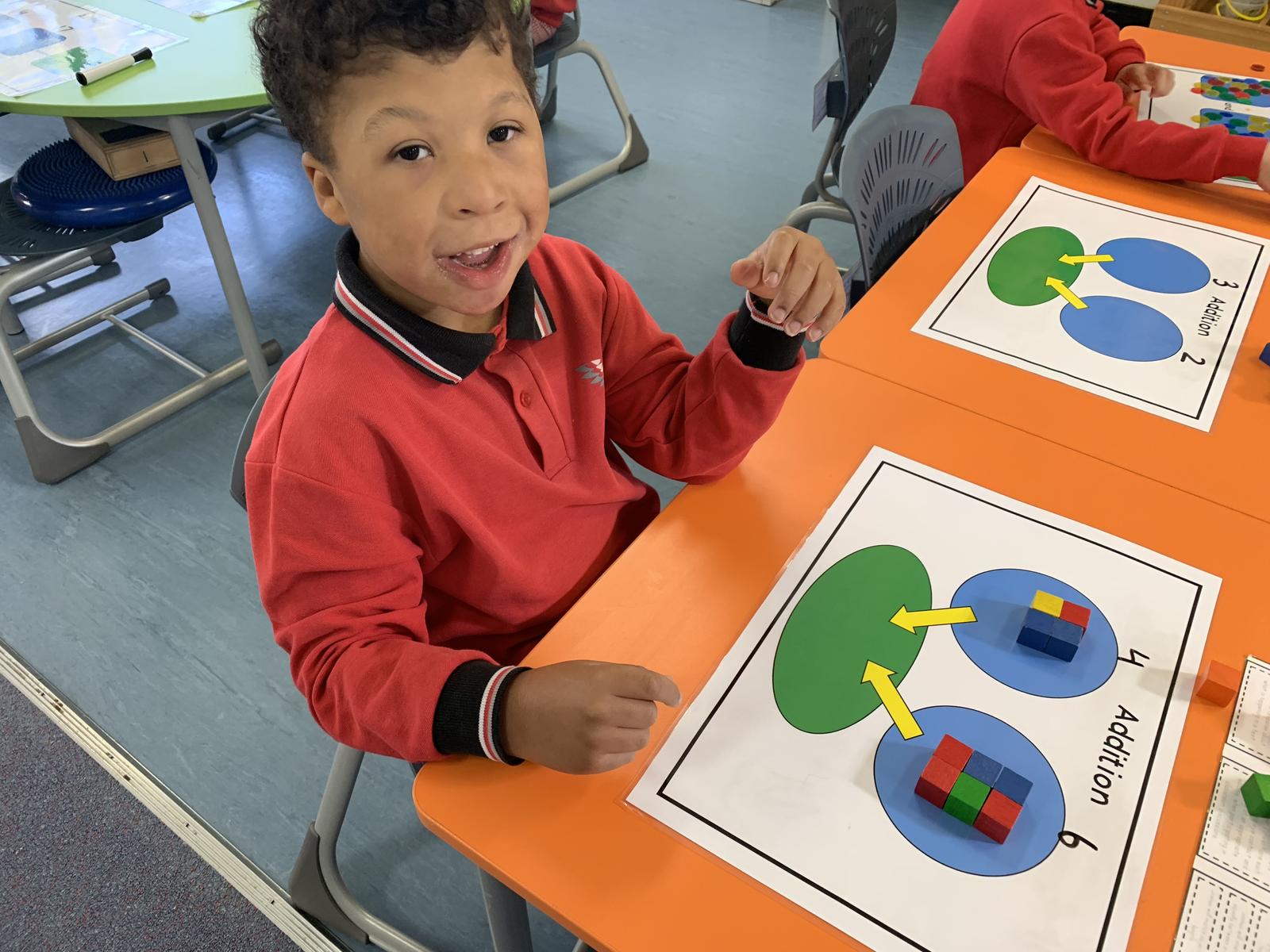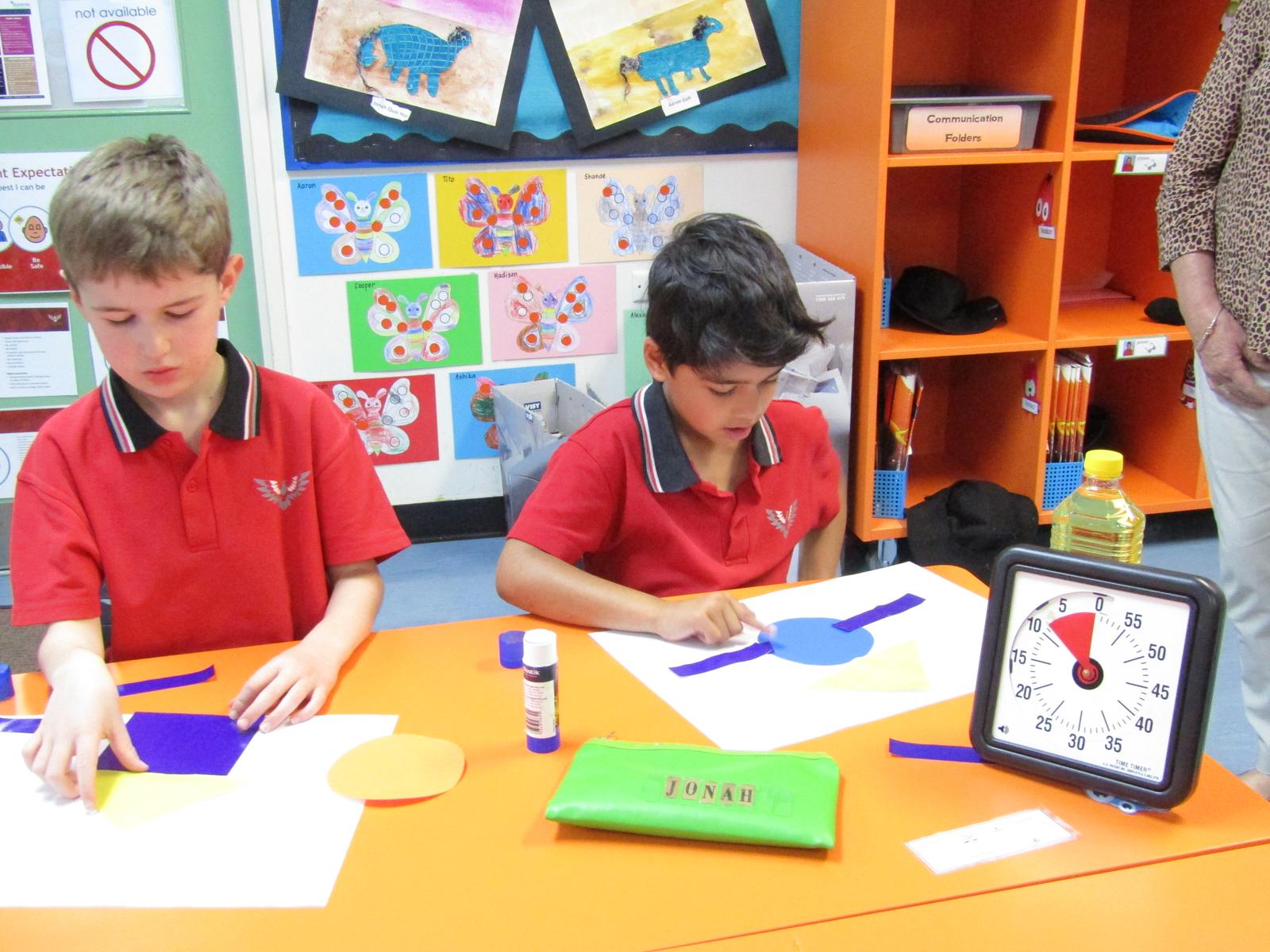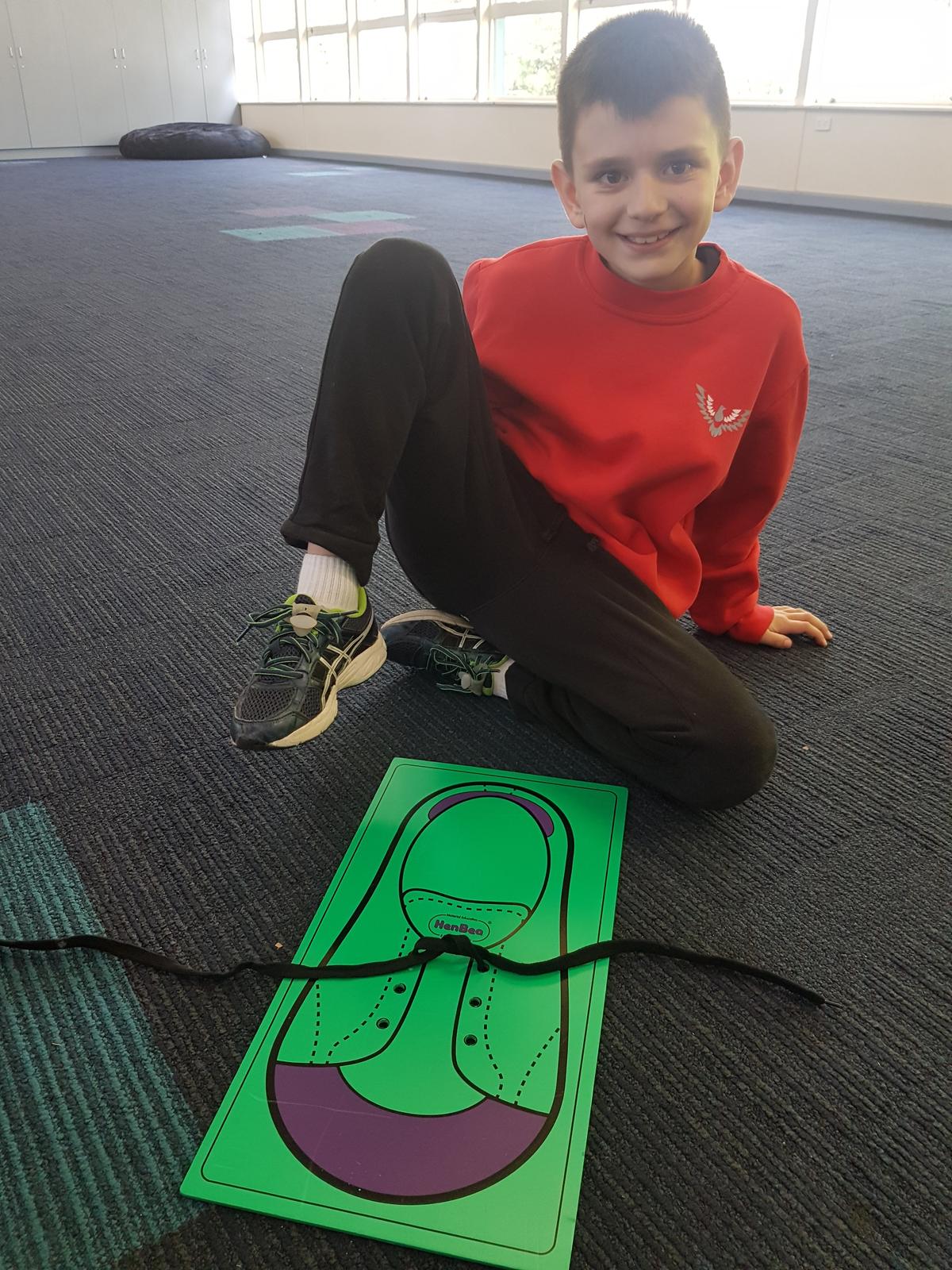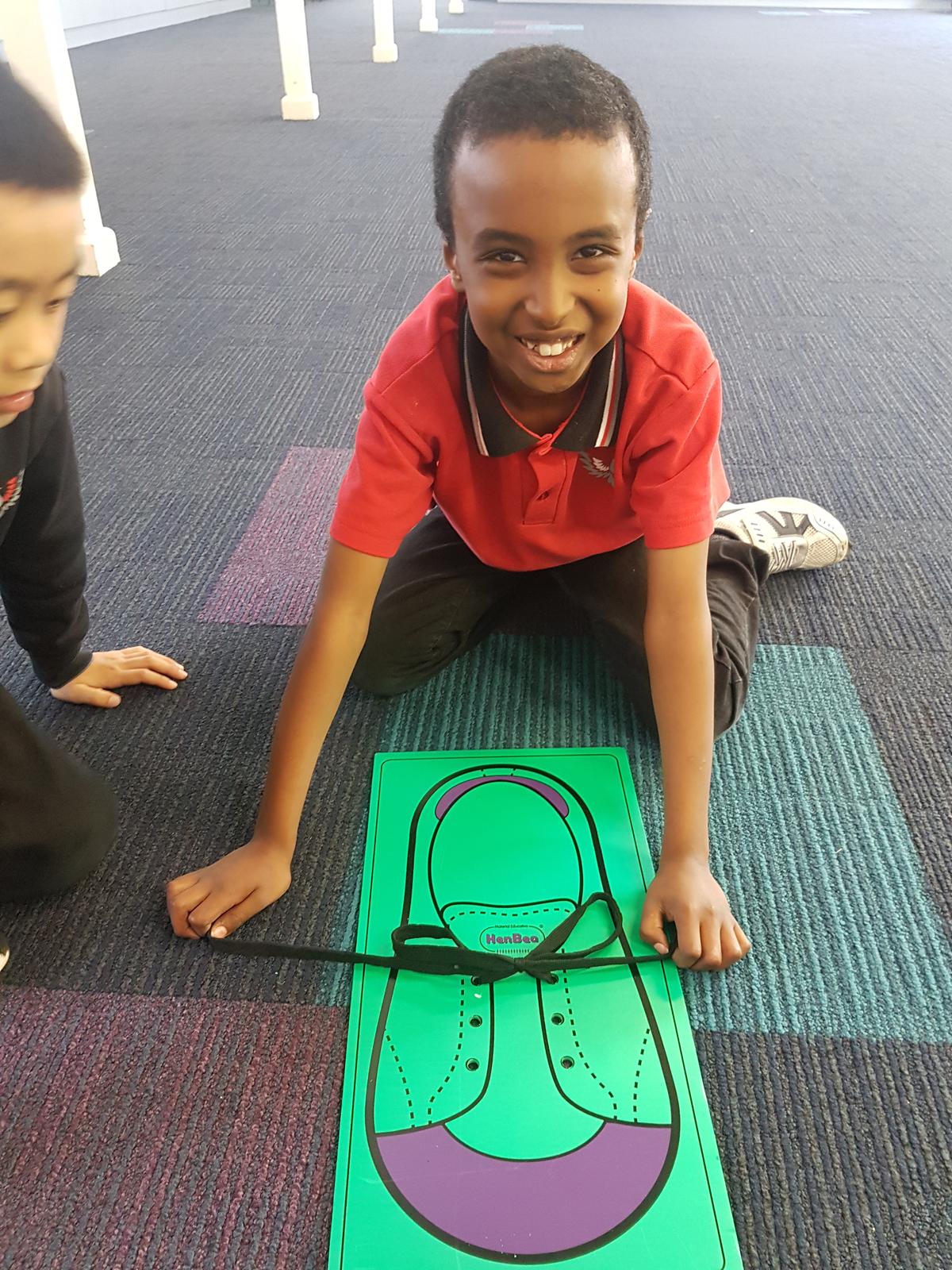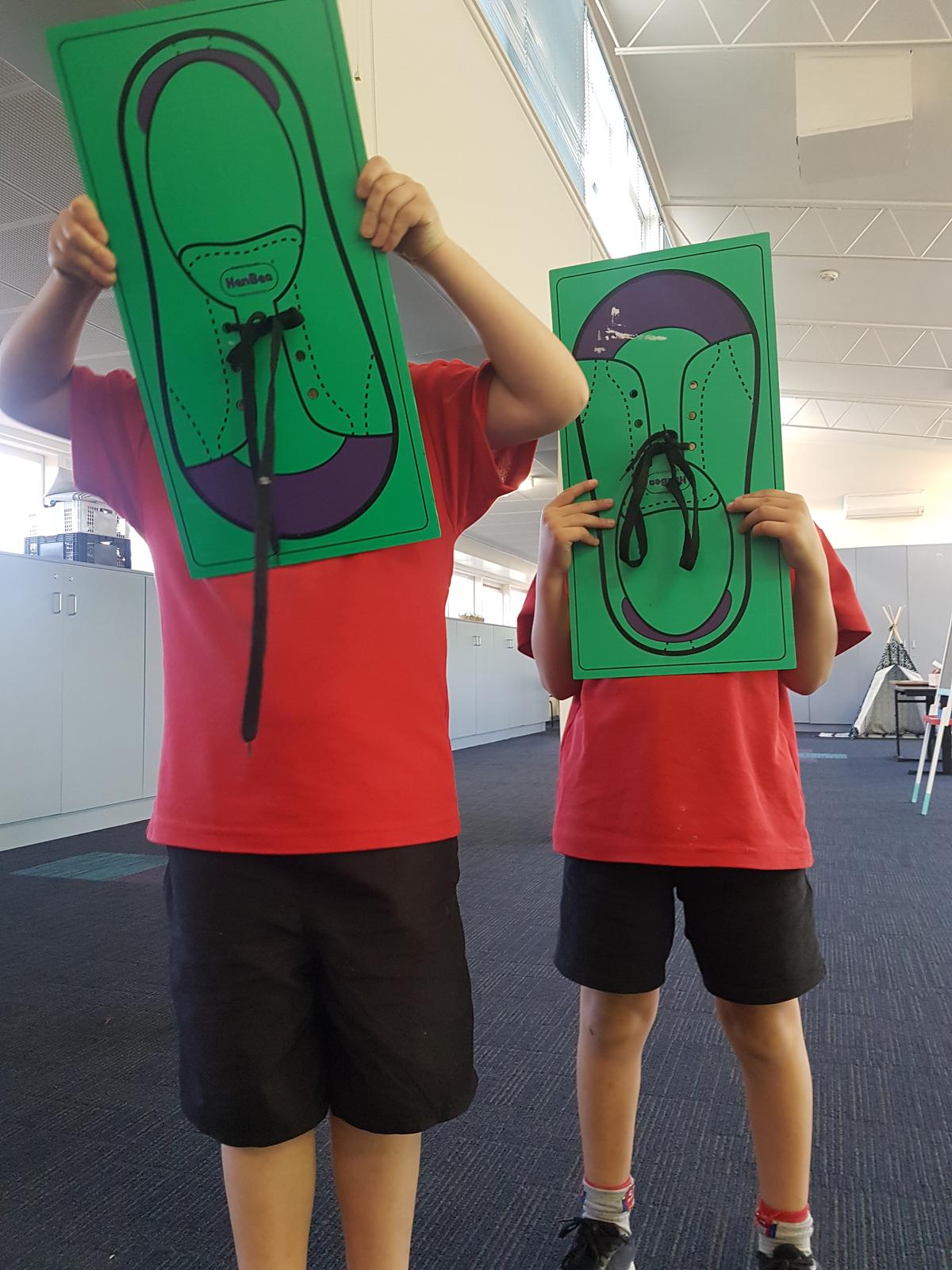Lower Primary
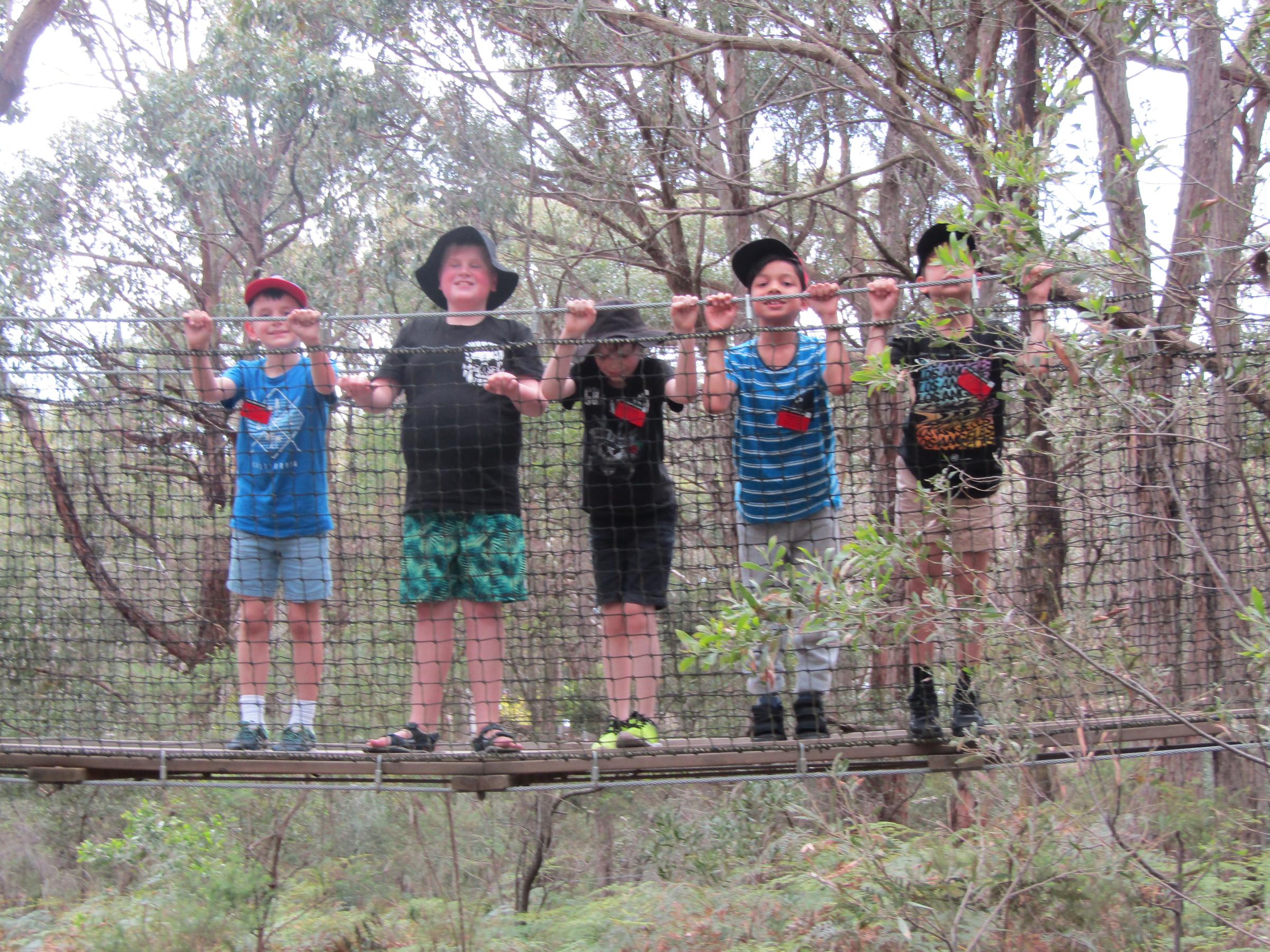
Special Events
OUR PERFORMANCE
The “Going to the Zoo” performance was such a highlight. What a fantastic performance it was. All the hard work and effort that students and staff put in was certainly worth it. Each student had the opportunity to shine and they certainly did just that. This performance was a major focus for the Arts program for this semester. Within Visual Arts students were involved in making props and costumes and in Performing Arts students practiced their music, movement, dance and performance skills all of which culminated in the performance.
There was so much learning that occurred along the way for our students as they prepared for this performance. Yes, there was the singing and the dancing but there was also the turn taking, cooperation, perseverance and resilience that was required of students that was especially important social learning.
Performing on stage is one of the most difficult things anyone can be asked to do. To see our little people, especially those in their first year of school, being so confident and doing so well was a credit to all involved. Those happy smiling faces and looks of happiness and accomplishment really said it all.
The way our students prepared for, and then performed, really did personify the school values of Happiness, Personal Best, Cooperation and Respect.
With an event such as this there are many people to thank. Thank you to all the parents and family members who supported their children and Lower Primary on the evening. There were over 250 people in attendance which was absolutely fantastic.
Thank you to the Lower Primary staff for giving their time to do what needed to be done. They are a fantastic team who are focused on providing the very best learning opportunities for your child. It was a great team effort!
I would like to make special mention of Rebecca Campbell whose creative skills and leadership ably assisted by Mara McAlley helped to make this performance a reality, and to Alix Boyton incorporating the skills required within her program, Jackie Ellis who assisted with costumes and Karen Cottier for coming out of “retirement” to volunteer with rehearsals and managing the sound and lighting on the night.
Finally, I want to thank the Lower Primary students for making this performance one to remember. We are all very proud of you!
Sleepover
Another highlight this fortnight was the PLW, PHT and PKW sleepover. Everyone was kept busy with a range of exciting and challenging activities. The first day was spent at the Enchanted Adventure Garden in the hinterland of Arthur’s Seat on the Mornington Peninsula. The students explored several mazes and adventure activities which included tube slides and bushland obstacle courses. After a long day of adventure activities we went to the Doncaster Hotel Bistro for a delicious dinner. All student were on their best behaviour and showed their best eating out skills and manners. By the time we all got back to school “most” were exhausted and ready for bed. The following day was spent at Lattitude where all students participated in activities on the trampoline including basketball, jumping into a foam pit and a large pillow. Some students where very brave and completed the rock wall and the high obstacle course. As you can see everyone was kept busy over the two days with a range of activities and it was great to see everyone have a go at things that were a little on the difficult side especially the tube slides at the adventure garden. The students are to be congratulated for the way they participated enthusiastically in every activity and for their cooperation with each other and their teachers. They were all very proud of themselves. Great times were had by all!
Swimming
As you are aware all students participate in a swimming block over the year. This program is conducted at Reservoir Leisure Centre on either a Tuesday or Wednesday. This term PKD and PMM were the lucky swimmers. The swimming program is a highlight and something that most of our students look forward to. Being healthy and active is so important for children, and swimming is an excellent way to stay active and learn valuable life skills. Apart from the obvious safety aspect it is also great for developing confidence and self-esteem as new skills are mastered. Swimming lessons are taught in stages, starting with water familiarisation such as safe entry, putting your face in the water and blowing bubbles, using flotation devices on the your front and back, jumping in from the side, graduating to stroke development and survival skills. We continue to see students who were hesitant to leave the side of the pool progress to putting their faces in the water and jumping in from the side after their swimming block. Then there are our “swimmers” who have progressed to free style and backstroke and continue to refine these skills. The swimming program is certainly important and beneficial for all our students.
English
READING AND VIEWING
Reading Comprehension
The focus for reading sessions is now comprehension. All students have been revisiting and revising the fundamentals of comprehension at their point of learning need. Reading comprehension is all about students understanding what has been read to them or what they read themselves. Often our students’ ability to decode words is at a higher level than their comprehension level. This is why we place great importance and work hard on teaching understanding (comprehension) alongside the decoding skills of breaking down and sounding out words. At this stage our students are responding to literal information which is what the text describes as happening in the story and what can be seen on the page.
Students have been
- using pictures in reading materials to gain meaning by identifying key objects and events
- using key words to respond to questions about what is happening in a text
- using pictures to retell a story in sequence
- using pictures to answer simple questions
- identifying connections between texts and their own personal experiences
- reading simple pictorial sentences
- looking for high frequency words in text
- developing strategies to decode unfamiliar words- initial sounds, blends
- visualizing
Literal Comprehension prompts you can use when reading with your child:
- Who? Where? When? What is? Which? How did? What happened? How many?
The Preps have enjoyed the text “The Little Red Hen” and have developed an understanding of the text by labelling pictures, retelling the story using pictures, single words, phrases and sentences. They have also used dress ups to act out the story, responded creatively through drawing, and have made bread and of course enjoyed eating the end product. They have also “planted” and harvested wheat wheat during role play and fine motor activities.
Writing
Students have continued to develop their report writing skills focussing on providing factual information about a person, place or thing that is interesting and informative. Students have reported on interesting events such as the Going to the Zoo performance, Sleepover activities and the Athletics Day. There have also been weather reports and reports around particular animals which contain a personal opinion for example “Tigers are scary”. I like koalas because they look cute. Students continue to be provided with explicit instruction, photos, aided language displays and picture word sentences to assist them.
Mathematics
Addition
In the area of Mathematics students have revisited and revised their knowledge and skills in the area of addition. It is not always about getting the “answer” but understanding that addition means pushing two groups together and that the group is then bigger. All activities have been supported by concrete materials that students can manipulate to develop their understanding of addition.
Each student is on an individual journey of developing addition skills and has been involved in activities that are targeted at their point of learning. These activities have included:
- Using verbal action stories that involved joining for example, there were 3 ducks in the pond. 2 more ducks flew into the pond. How many ducks now? These stories were supported by concrete materials, pictures, drawings
- Using concrete materials to physically combine two groups of objects and count all.
- Add one more to a group and count the total
- Verbalising the joining process using the language “and & altogether”
- Using two different coloured counters on a tens frame to represent that a number is made up of parts.
- Solve addition problems using count on from the largest number as a strategy for example 5 plus 4. Put the 5 in your head and count on- 6,7,8,9
Integrated Unit
Students continue to investigate the weather. Students have looked at weather and observable changes that occur in the sky, landscape that relate to seasonal changes. For some classes the particular emphasis has been on “wild’ weather such as storms, lightning, thunder, floods and earthquakes that may lead to tsunamis and how this weather can affect their lives. The preps made snow and used shaved ice to make snow cones.
Social Competencies
Work is continuing in Personal Learning. Some classes are continuing to practise getting and packing up the resources they need for learning tasks whilst other classes are further developing skills by being responsible for finishing their learning tasks within a set time. Discussions have centred on doing our best work and being the best we can be. Students have talked about feeling good and proud of their work. Some students have worked on giving other students compliments about their work.
Occupational Therapy
Tying Shoelaces
Some of the students in PLW have been working on tying their shoelaces. We have been practising tying knots to add legs to animals and using the GIANT shoe to help tie the giant’s laces. Each session is graded to suit each student’s skill level.
We are working on:
- Tying knots
- Making bunny ears
- Crossing the bunny ears over
- Pulling it tight
For the students who already can tie their laces we are working on making them tighter so they do not come undone.
Want to practice tying laces at home?
- Use simple language. i.e. to tie a knot:
- Cross them over
- Which one is on top?
- That one goes through the hole
- Pull tight
- Longer laces are easier than shorter laces
- Use ribbon, string, pipe cleaners, rope etc. to tie knots and bows around the house
Kath Moore
Campus Principal


























